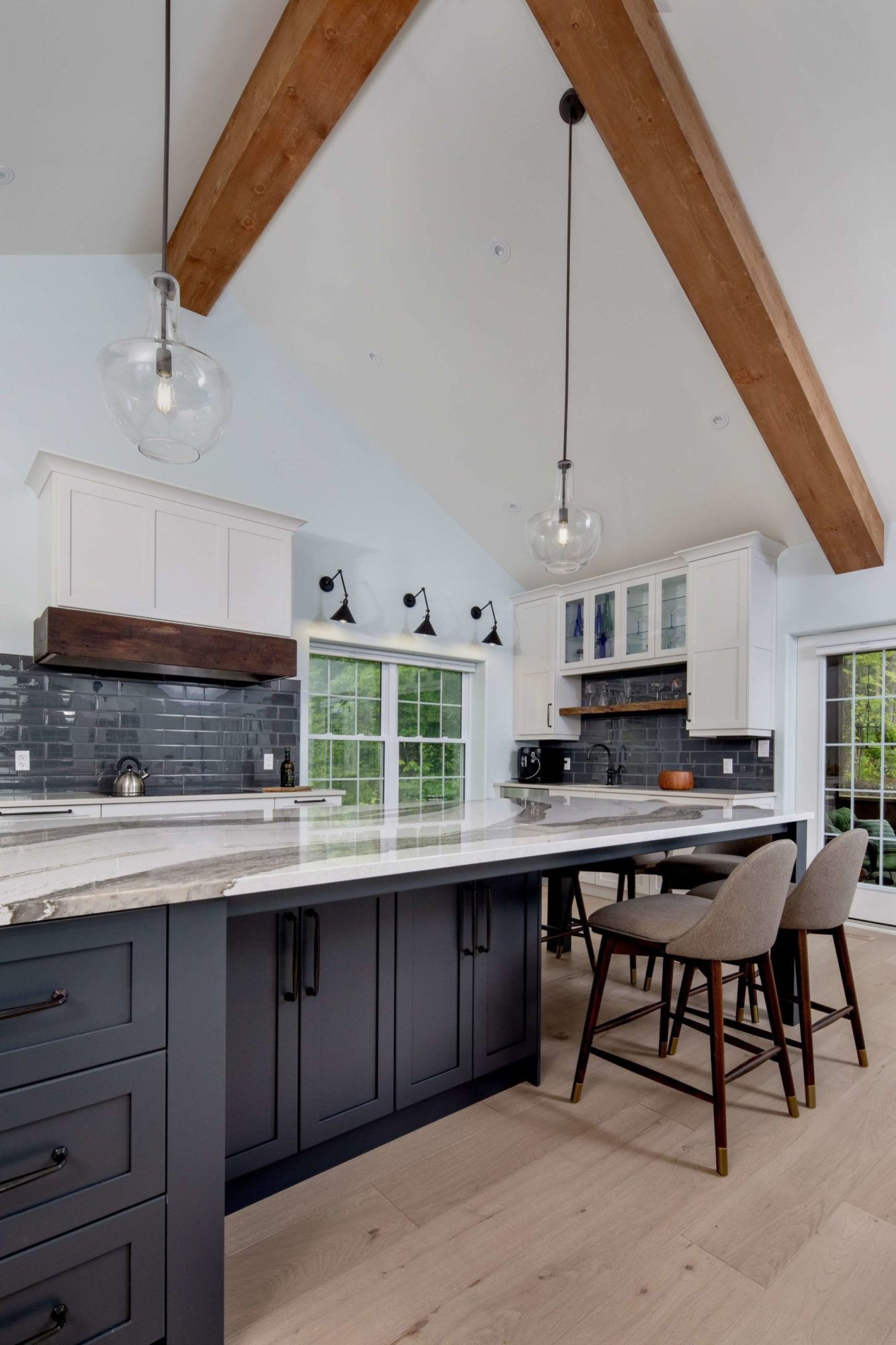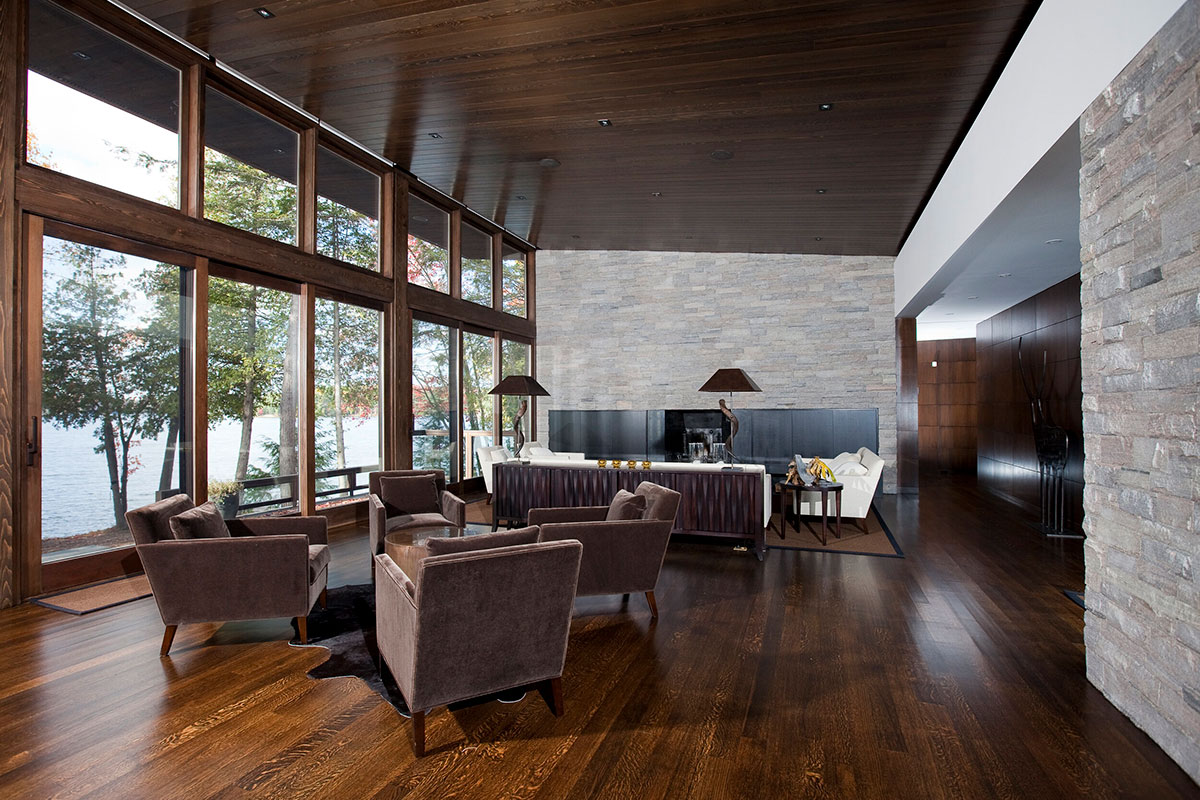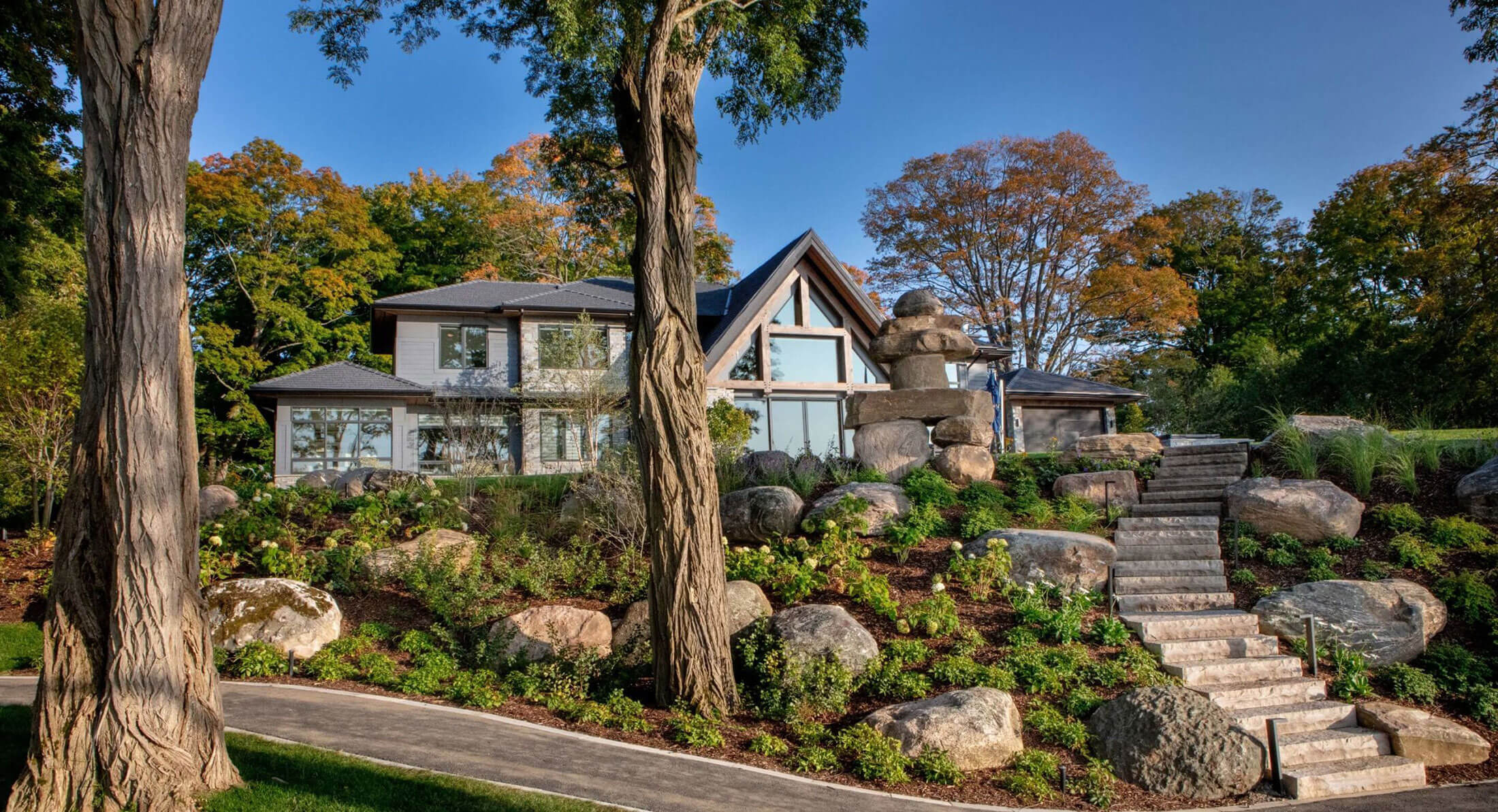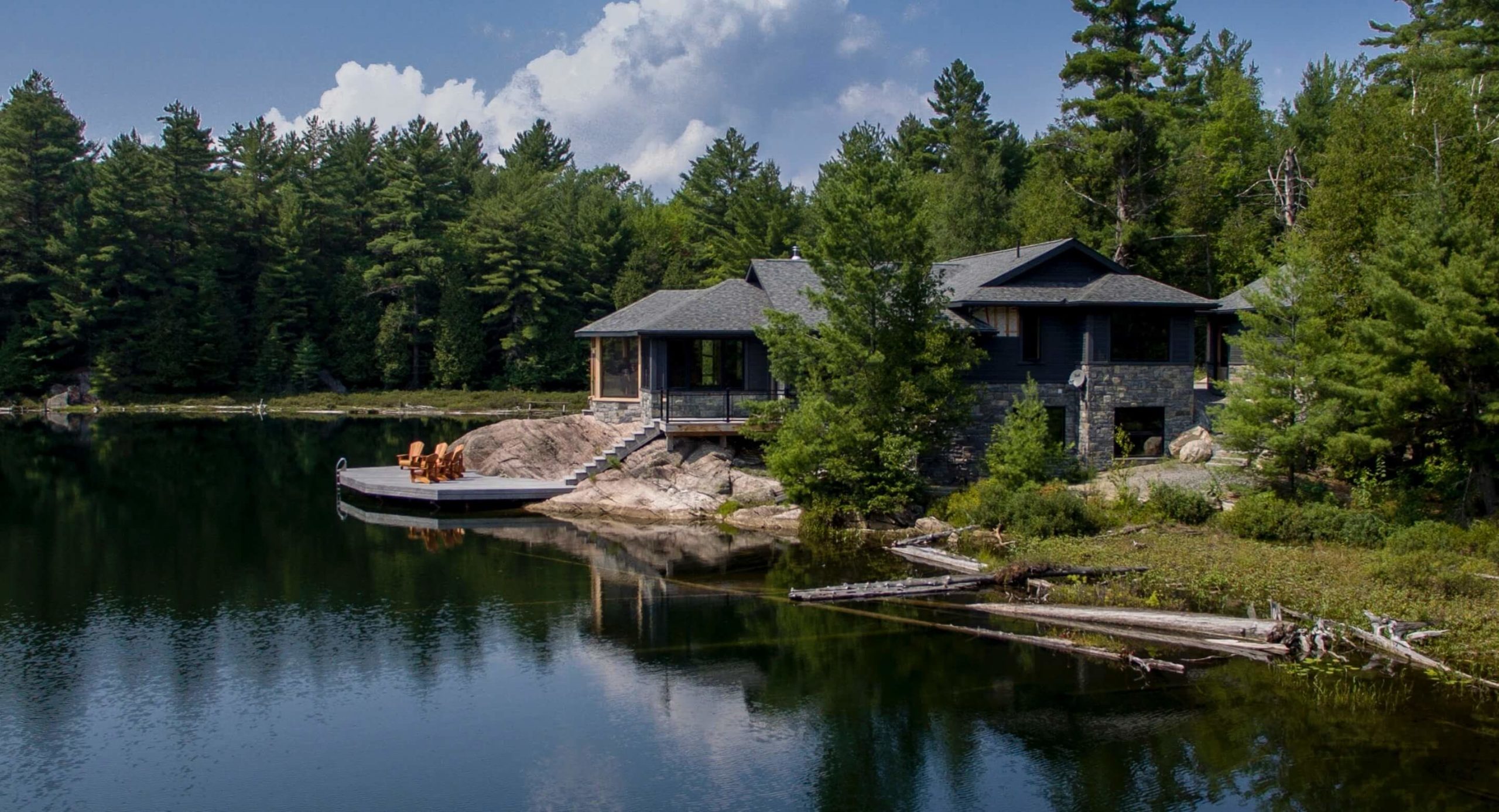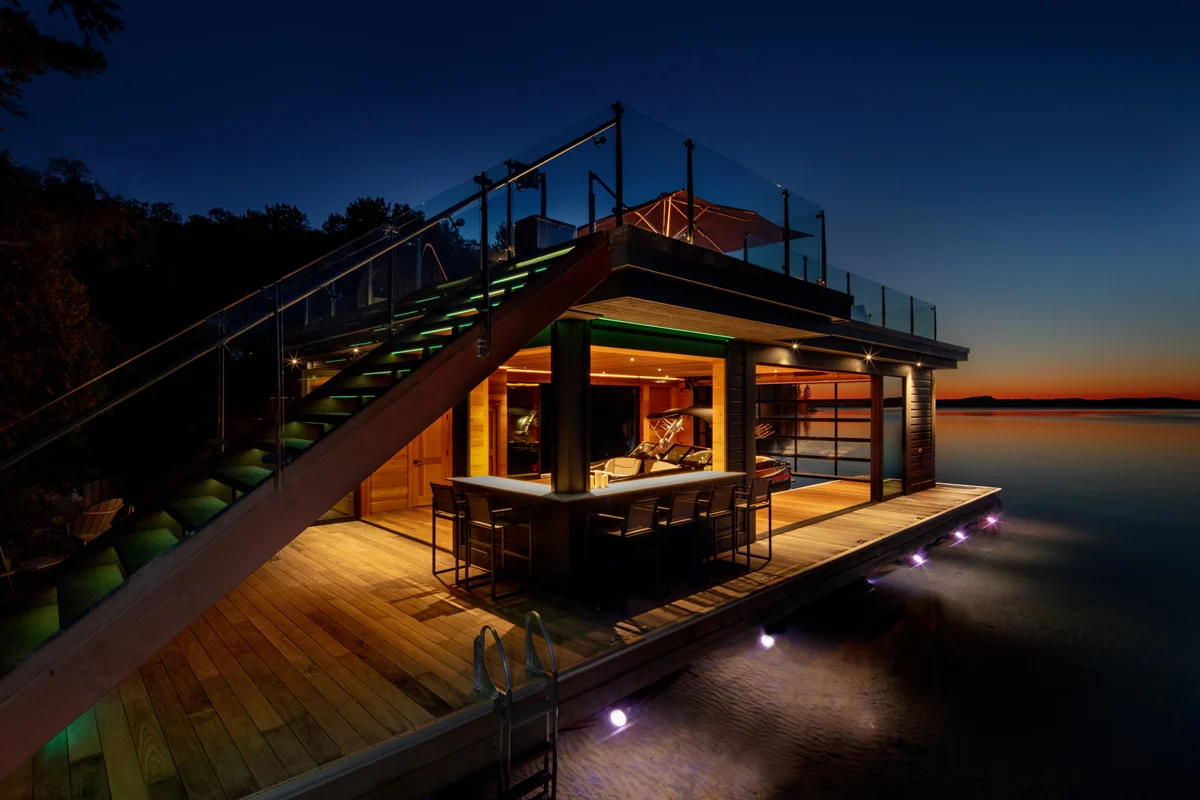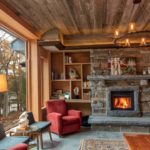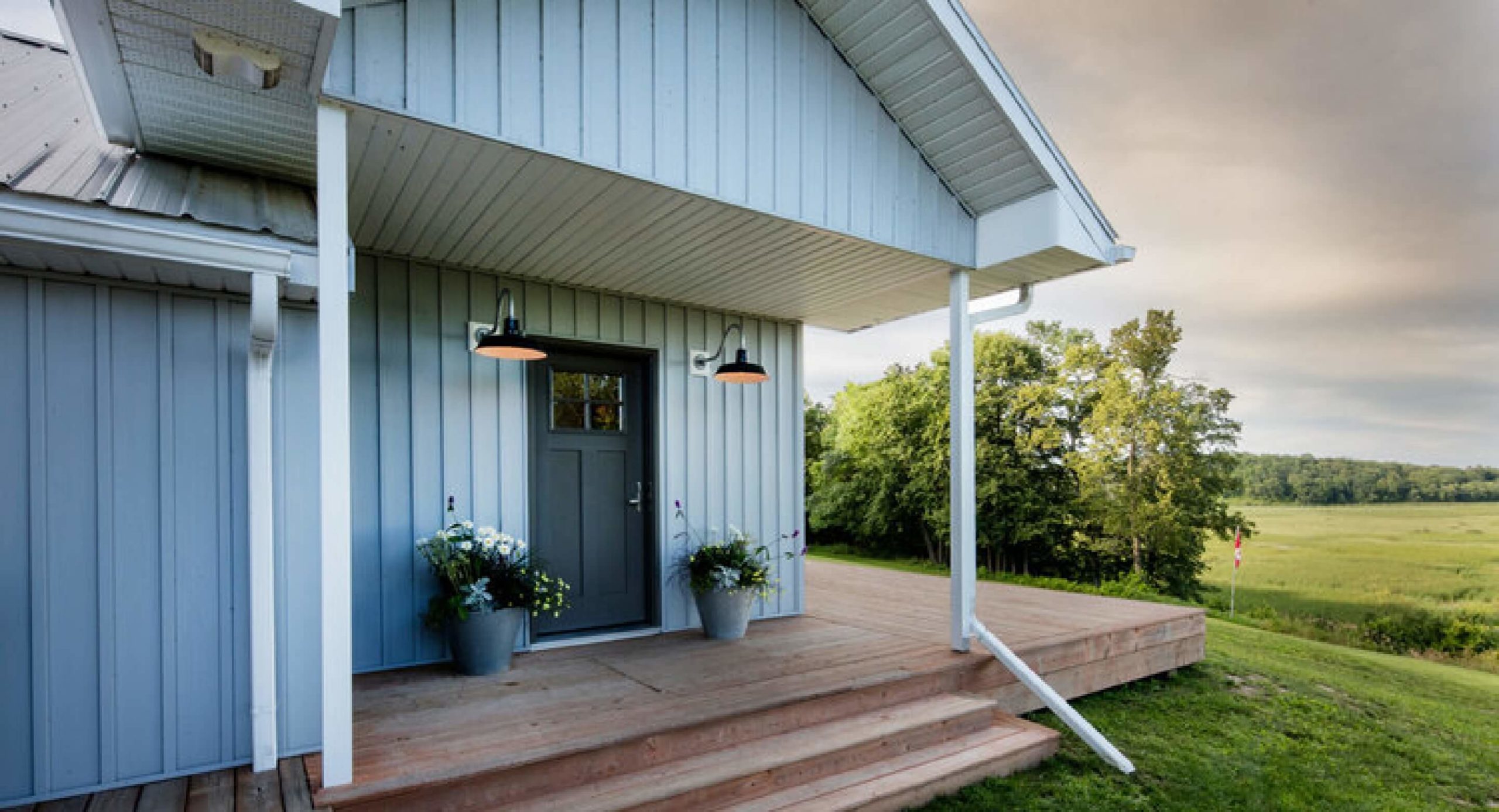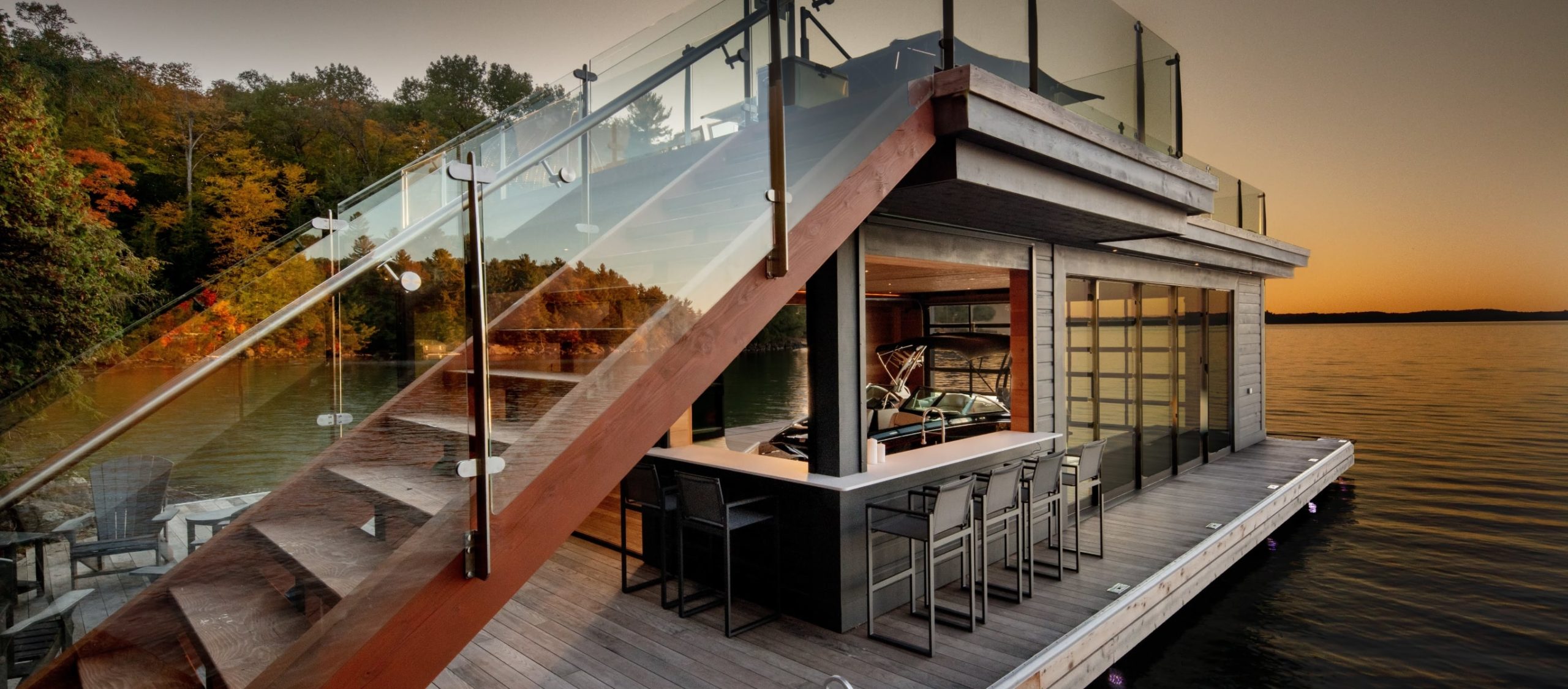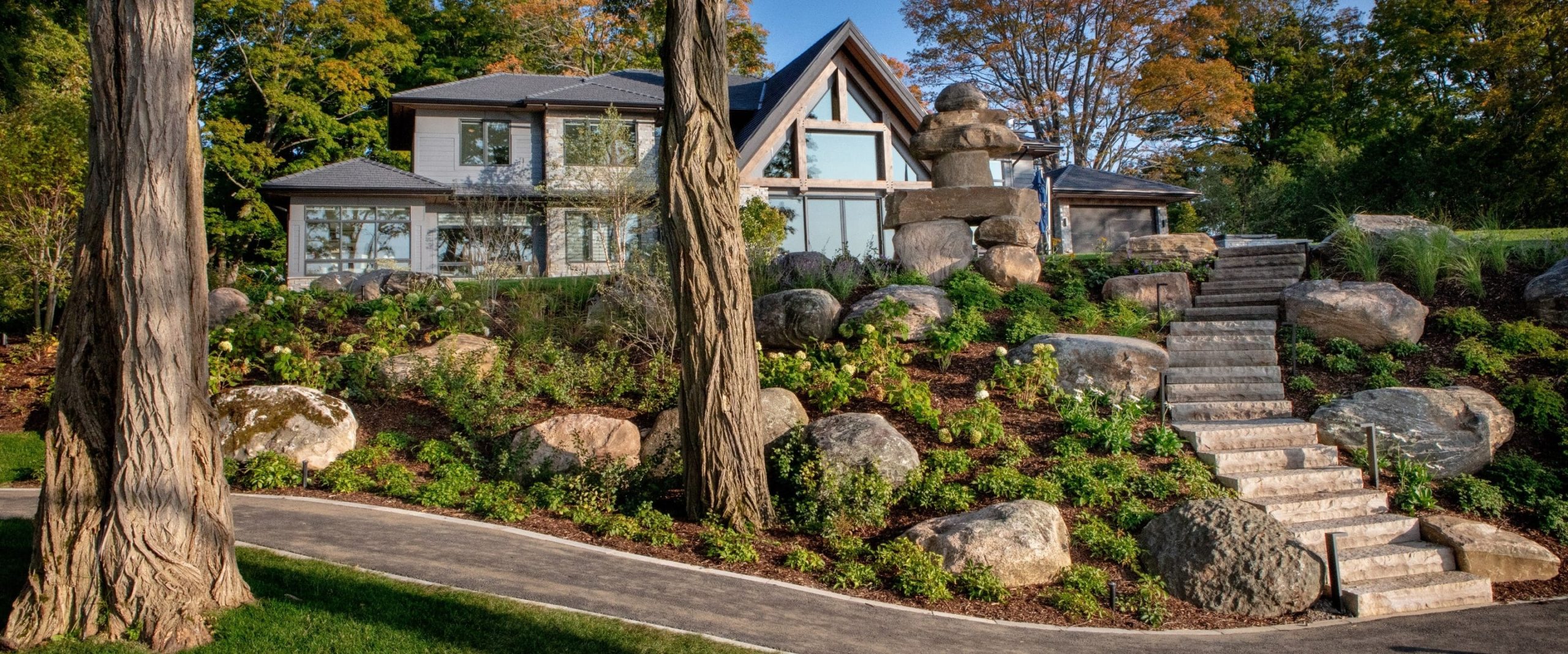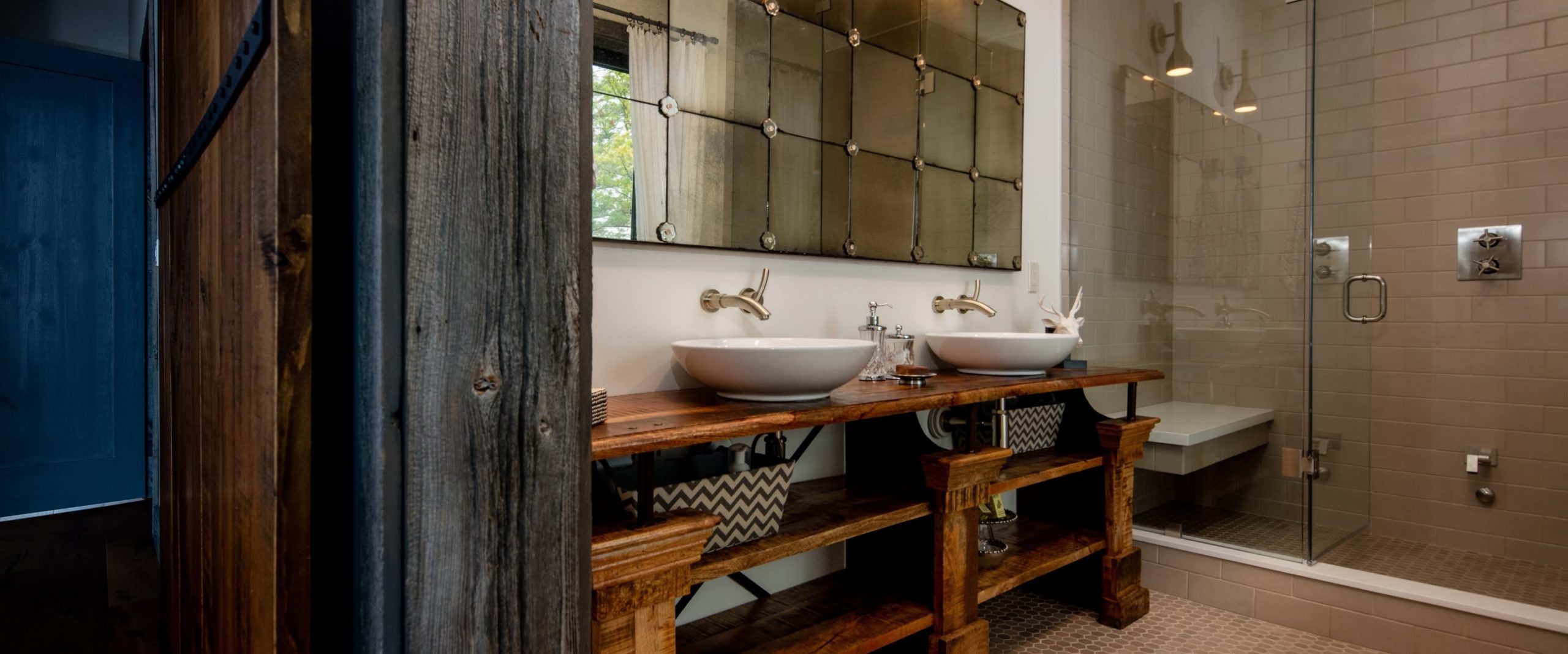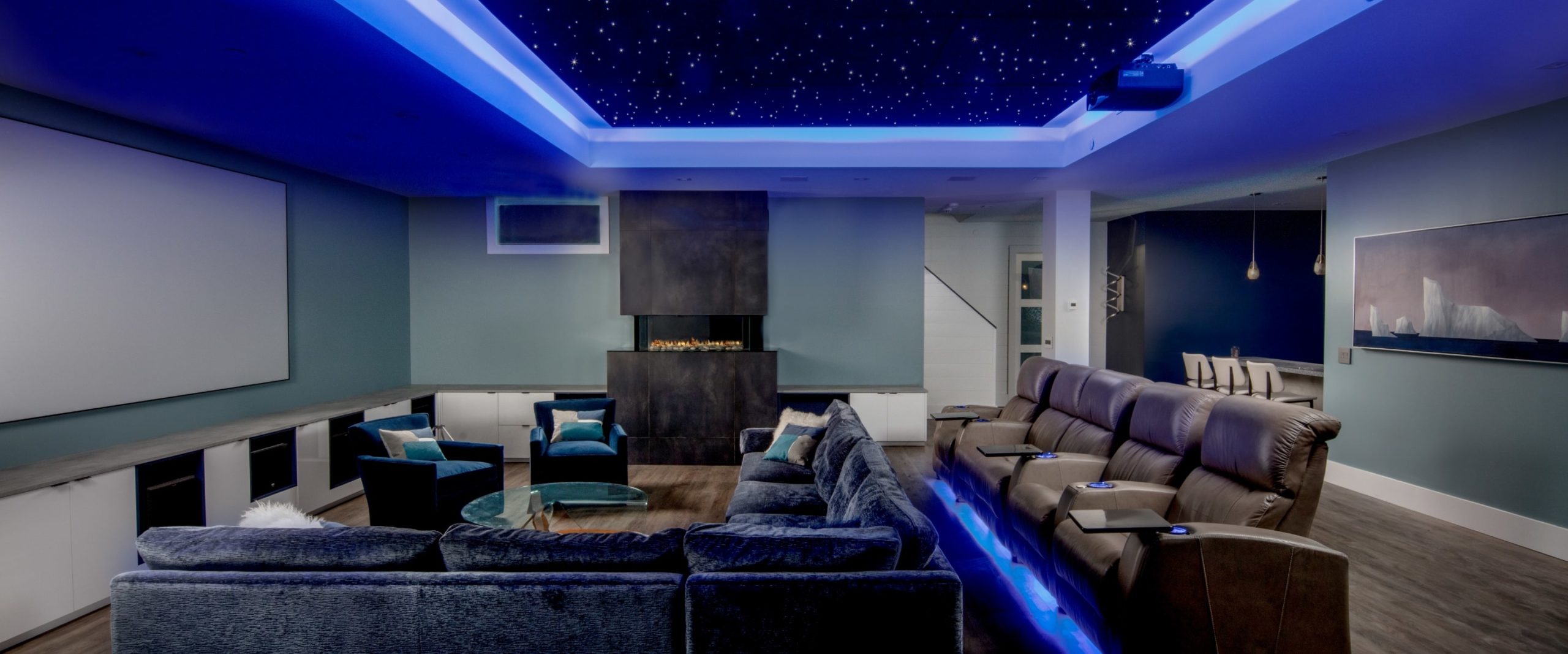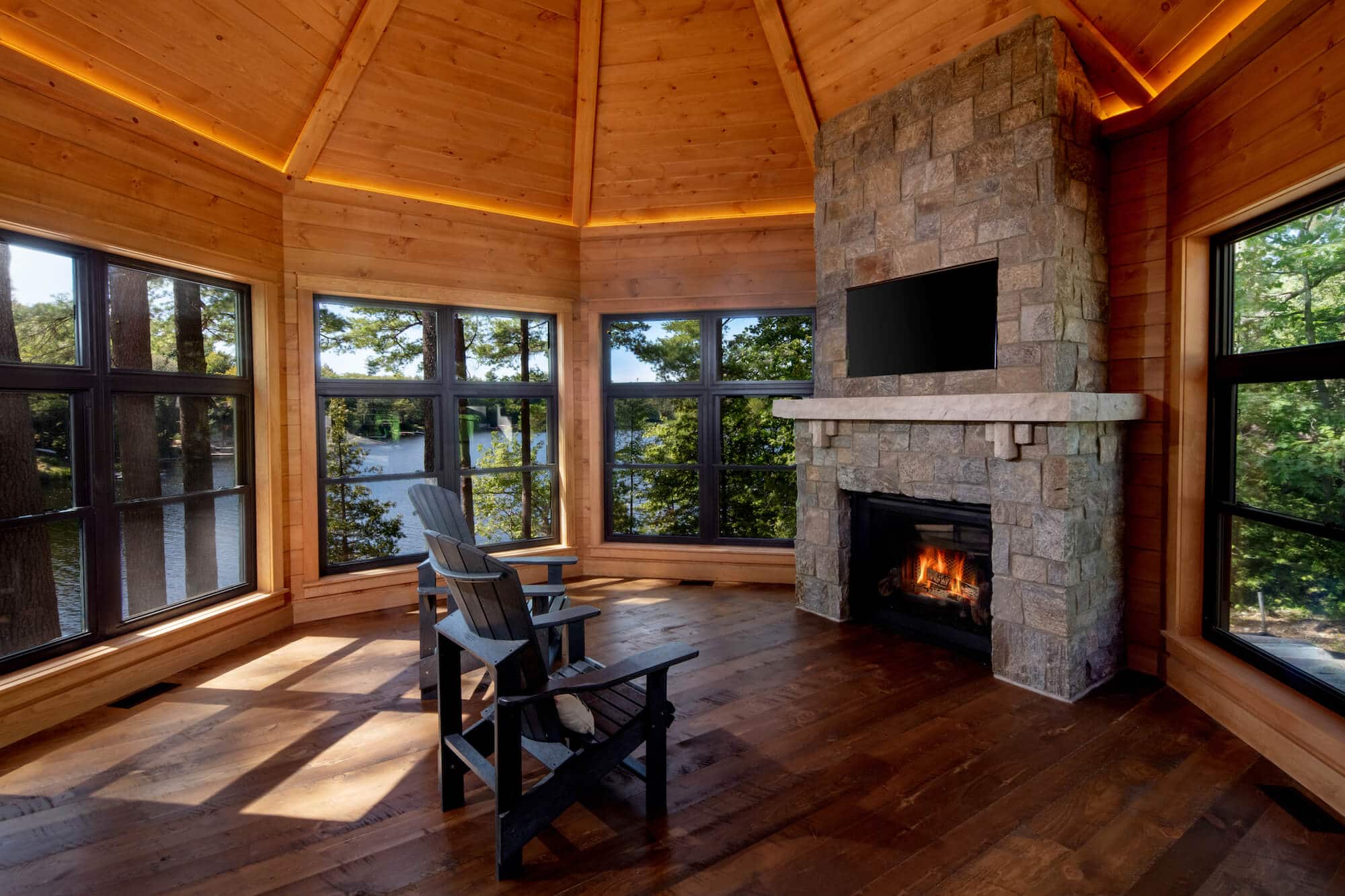Guide to Energy Efficient Homes
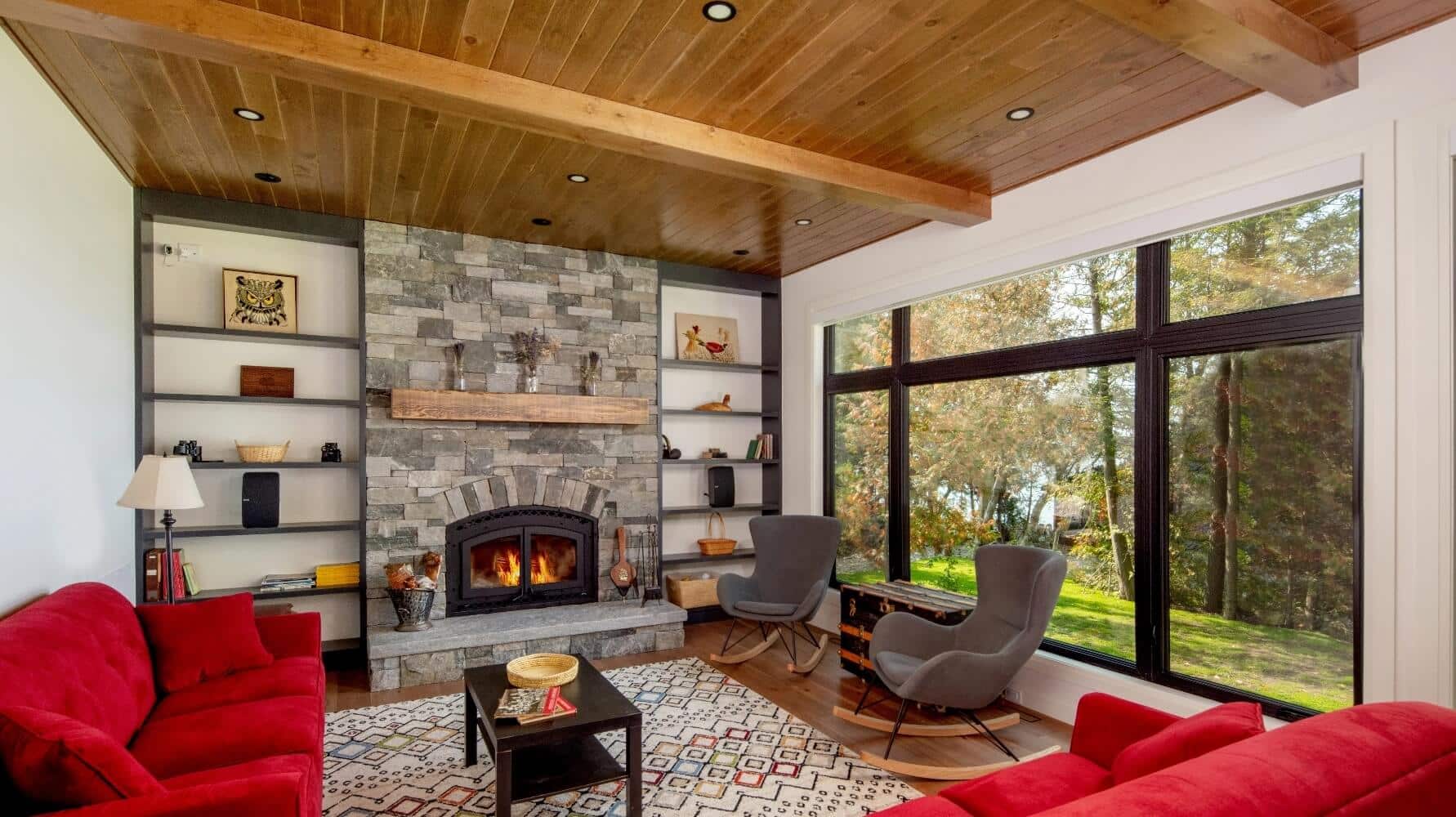
Introduction
Why Energy Efficiency Matters For You and Your Home
In this day and age, the importance of energy-efficient homes that support the environment is becoming more and more obvious. From renovating homes to be more environmentally friendly to building new homes that support energy efficiency down to the last shingle, energy efficiency allows for more responsible homeownership, more environmentally conscious living and a more sustainable human condition.
As energy efficiency has become a vital piece of home building and renovating today, there are certain trends that we tend to see over and over again. Builders and homeowners can choose to make small and large changes that improve the energy efficiency in their homes by installing solar panels, replacing windows for more efficient options, adding LED lighting, installing attic insulation, and overhauling old systems with new, more efficient ones. With the assurance that they’re doing their part to help the earth and the lower the cost that utility bills take up in their pockets, it’s a no-brainer. Whether it’s simply a bottom-line issue or one of true environmental
awareness, the vitality and importance of energy efficiency is one that more people are finally paying attention to.
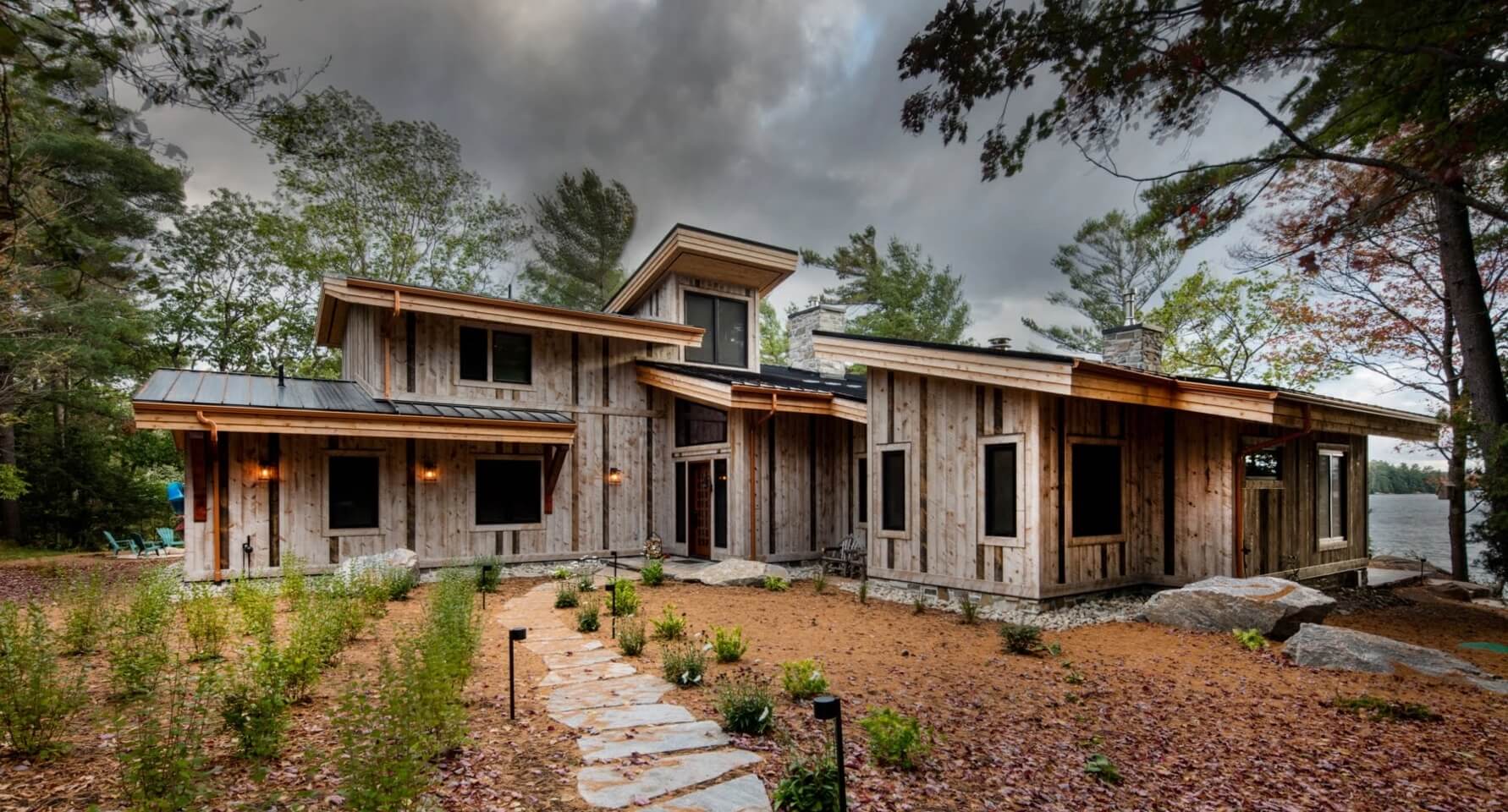
Chapter 1: Signs of Energy Inefficiency in Your Home
Is Your Home Efficient Enough?
There are many signs that your home may not be quite as efficient as you think it is. Energy inefficiency in your home can lead to everything from uncomfortable temperatures to soaring energy bills. Here are some key signs to look for in your own home:
Your bills are skyrocketing
While it’s normal for bills to fluctuate between the seasons, it’s not normal for them to fluctuate widely on year-to-date trackers. Keep an eye on how much you’re paying on a year-to-year and month-to-month basis — if you’re noticing a huge difference, it may be a sign that something isn’t quite right when it comes to your home’s internal systems.
Your home feels drafty
It might seem like draftiness is something people just have to deal with when it comes to having large or older homes, but that’s simply not true. If you’re noticing gusts of wind or drafty spots in your house, it’s a sign that your doors and windows may need replacing or repairs, such as installing new weather stripping on door thresholds or replacing the insulation around them. If your home is particularly drafty, your HVAC system is likely working too hard to offset the draftiness — which means that your bill is working too hard, too.
Your systems are old
Replacing HVAC systems can be intensely costly, which is why it’s so important to properly maintain the one you have now. However, HVAC systems that are 20 years old just won’t be as efficient as eight-year-old systems. If you have an ancient HVAC, your home may be wasting more energy than you think.
Your home feels humid, mildewy or musty
If you’re noticing a smell of mildew or must in your home, you may be dealing with a mould problem — and if you’re noticing a particularly humid home environment, your home may start to incubate a mould problem. Mould and mildew can spotlight a myriad of issues occurring in your home, from poorly installed window flashings to incorrect exterior drainage, which causes moisture on basement walls
You’re noticing more dust than usual
If you’re keeping up with replacing air filters and consistently maintaining your HVAC system, it can be incredibly frustrating to deal with what seems like excessive dust. However, dust floating throughout your home has to have a culprit — and it’s most likely little leaks in your home’s air duct system that are blowing dust into your home.
While it may seem overwhelming to realize that your home isn’t as energy efficient as you once thought it was, taking stock of possible energy suckers in your home is the first step to saving money, increasing efficiency, and beginning to cultivate a more energy-friendly space.
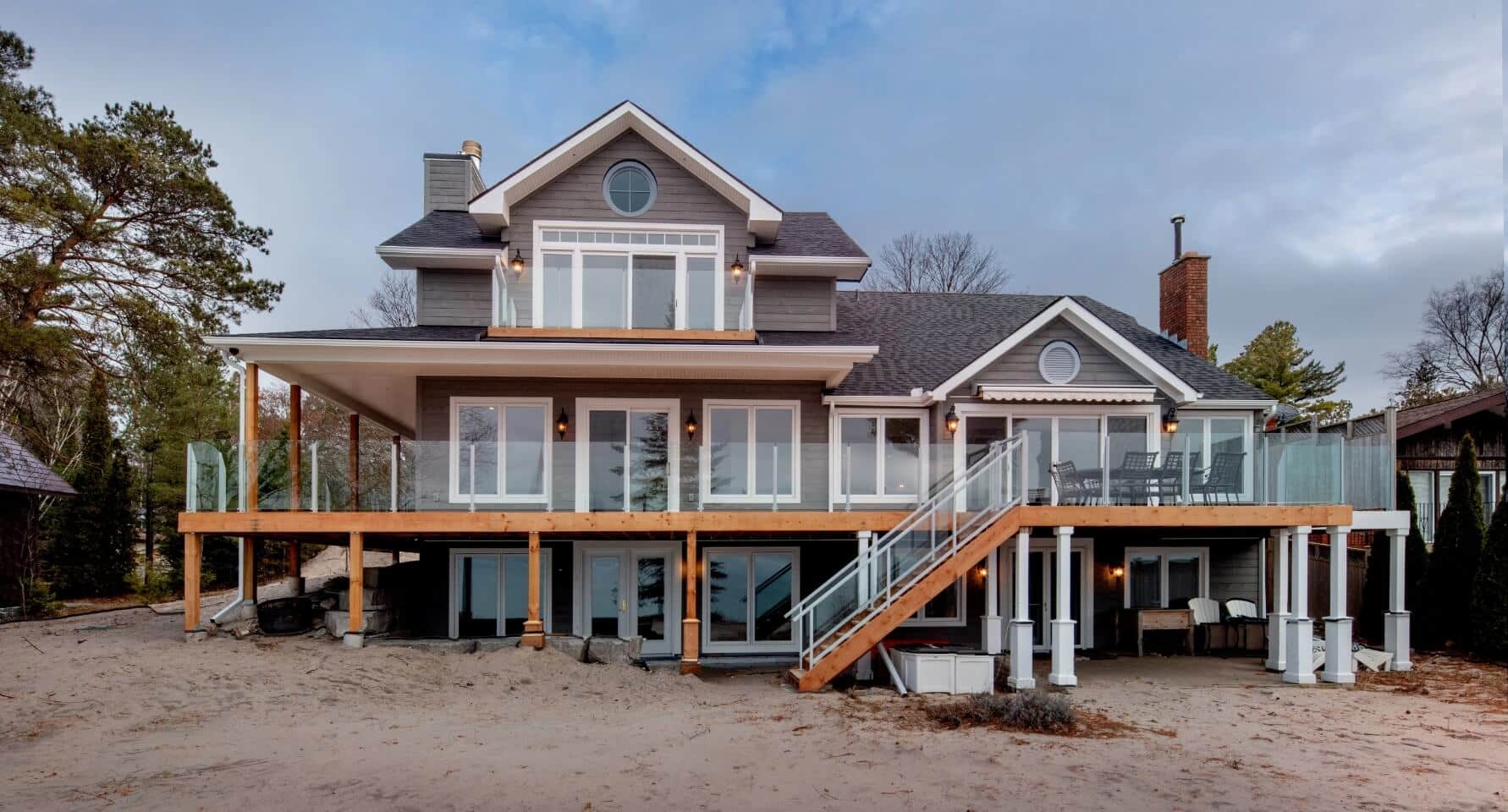
Chapter 2: Practical Solutions for Energy Efficiency
How You Can Make Little Changes With a Big Impact

Not every home and budget allows
for massive energy efficiency
changes, but that shouldn’t matter.
Little changes can have a huge impact on your environmental footprint and your energy bill, and they can make an impact without a big dent in your pocket.
- Maintain a proper home maintenance schedule on everything from your roof and your HVAC system to your weather stripping and plug replacements. This keeps you on track with how your home and appliances are ageing, allowing you to make changes as needed.
- Limit appliance usage where you can, or get creative with
your appliance use. We recommend trying to wash dishes by hand and washing laundry with cold water for small adjustments that can make a big difference over time. - Focus more on recycling in your home, and consider composting as well. Composting is a great way to help the environment and reduce your home’s waste.
- Make little changes by replacing light bulbs with energy-efficient versions and by replacing showerheads with low-flow heads.
- Consider adding ceiling fans to the rooms in your home for better airflow without the constant usage of your HVAC
system. - Add new sealing to the windows and doors in your home to
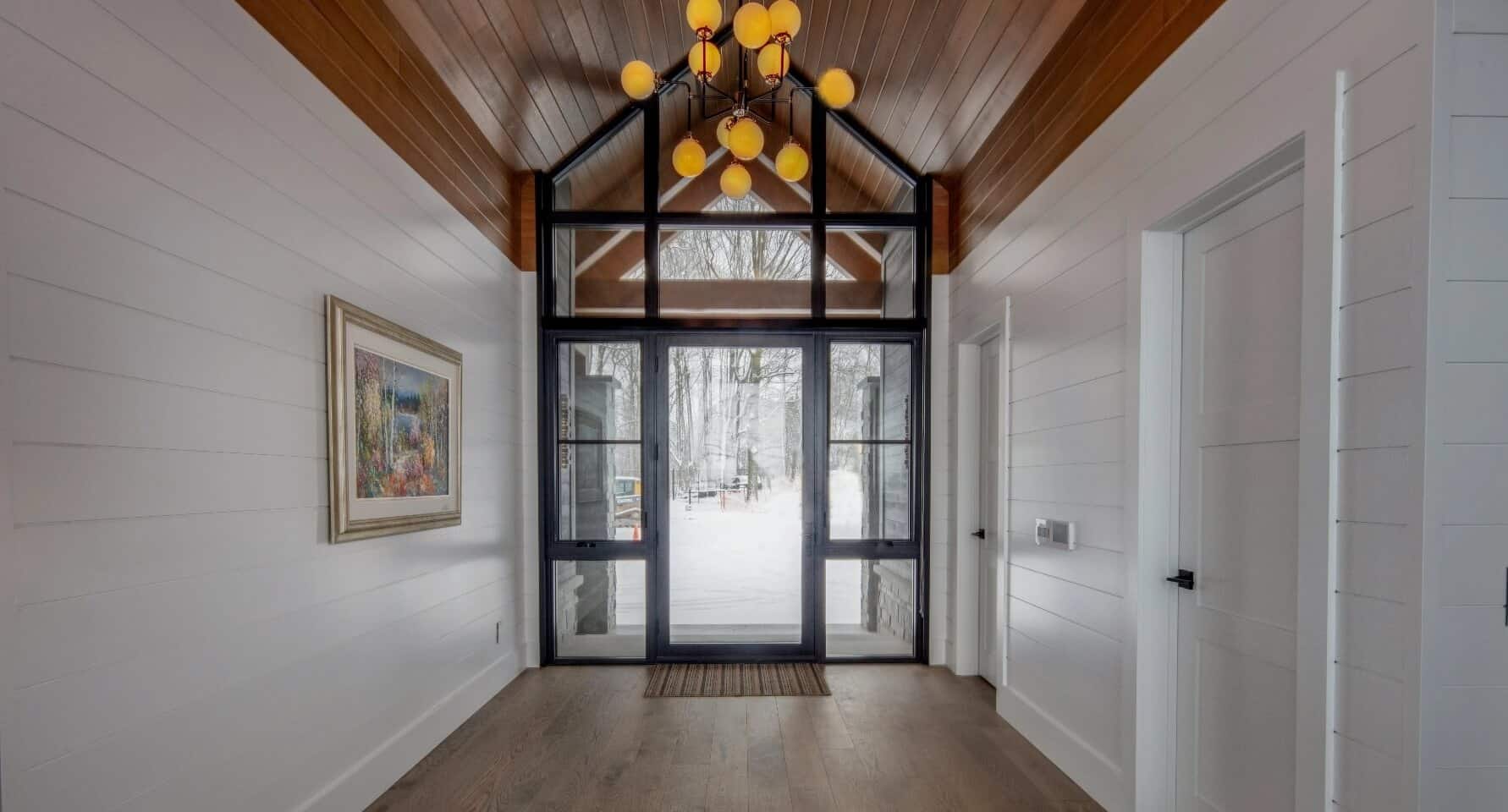
Chapter 3: Larger Measures for Ensuring Energy Efficiency

Sometimes Bigger is Better
As we’ve seen and explored, little adjustments to your home can majorly add to its energy efficiency. However, there are also larger measures for ensuring energy efficiency that can take your home to the next level. These are a bigger investment and time commitment, but they can also make a big difference.
Add in new insulation to your home to add exponentially
to its efficiency levels.
Appliances
Replace older, aged appliances with ENERGY STAR counterparts, as well as water heaters and HVAC systems. The process is expensive, but can also pay dividends in money saved.
Windows + Doors
Replace windows and doors around your home with energy-efficient ones to allow for better heating, better lighting and better efficiency.
Insulation + Sealing
Properly line your attic with better insulation and sealing. When better insulation is added, the home stays cooler in summer and warmer in winter
Insulation + Sealing
Consider adding solar panels for a whole new world of solar efficiency into your home.
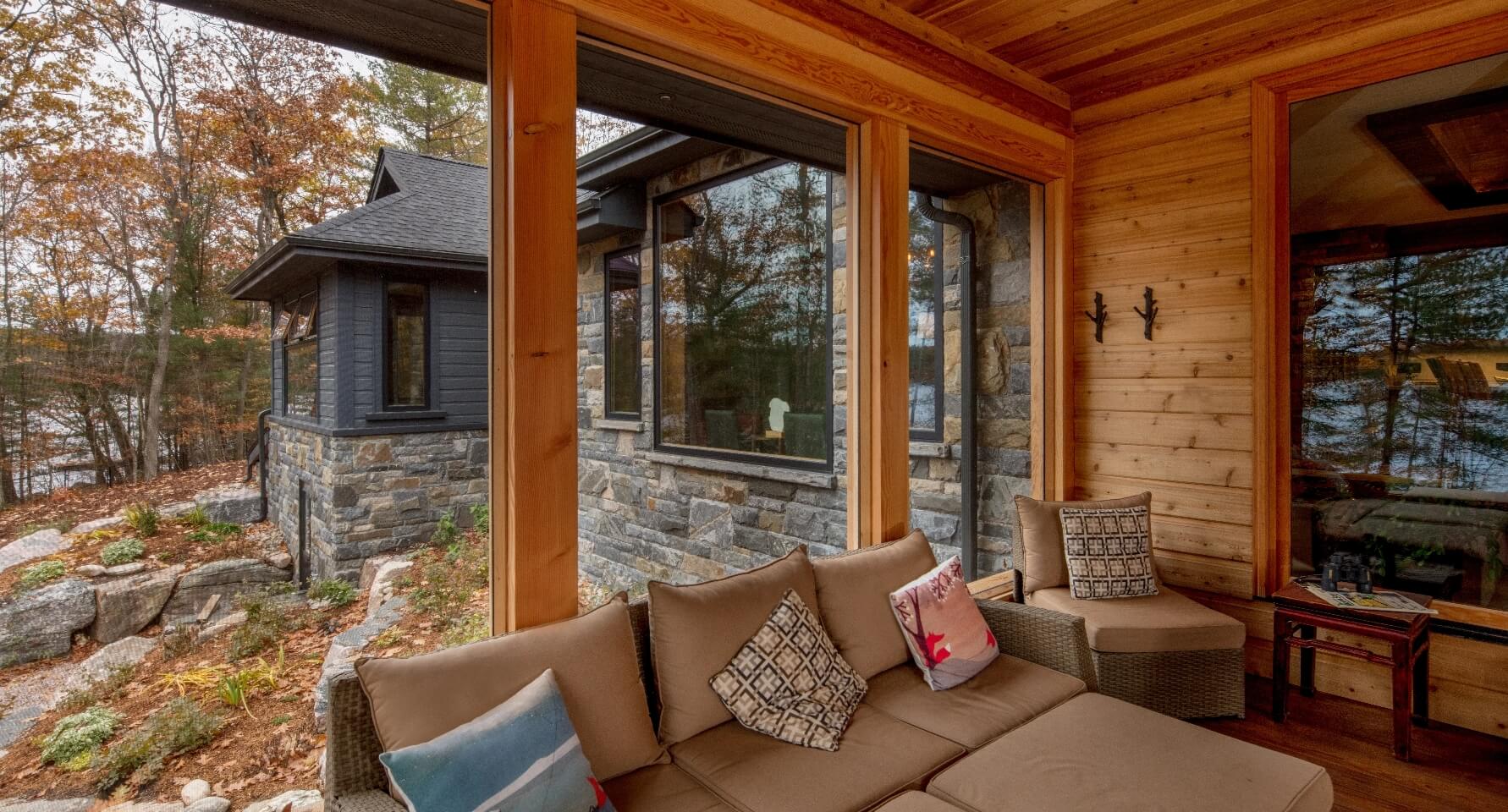
Chapter 4: Ideal Energy Efficiency: The Passive House
The Ultimate Energy Efficiency Powerhouse
Ideally, every house would be constructed and maintained in the Passive House style — a design with strict requirements and collaborative building techniques that creates the most energy-efficient home possible. Started as a project to find the optimal level of efficiency in a building, the Passive House concept has since led to requirements and techniques for building the ultimate powerhouse. In building a Passive House, every single team member works together to ensure compliance and teamwork in everything from the plumbing and the HVAC systems to the building materials and the electricity. While the initial investment of building a Passive House can be high, it pays for itself as a home that can use up to 90% less energy than other buildings. The tightly controlled building process can manifest into one of three categories — a Passive House Classic, Passive House Plus or Passive House Premium — and is guaranteed to make a huge difference in consumption.
The requirements are strict, but they pay off. In building a Passive House, the standard requires:
1. The building must be designed to have an annual heating and cooling demand as calculated with Passivhaus Planning Packing of not more than 15kWh/m2 (4755 BTU/sq ft, 5.017 MJ/sq ft) per year in heating or cooling energy OR be designed with a peak heat load of 10 W/m2 (1.2hp/1000sqft), based on local data
2. al primary energy consumption (heating, hot water, electricity) must not be more than 60kWH/m2 (19020 BTU/sq ft) per year.
3. The building must not leak more air than 0.6 times the house volume per hour (n50 _< 0.6 /Hour) at 50 PA (0.0073 psi) as tested by
a blower door. Alternatively, when locked at the surface area of the enclosure, the leakage rate must be less than 0.05 cubic feet per minute.
How This is Accomplished
Passive House is achieved by utilizing a Passive House modelling software that incorporates the location, layout, orientation of the house, and energy rating of various components of your home such as walls, insulation, doors, and windows to determine the impact they have on the energy balance of the building during different seasons. By calculating the cooling and heating load of the house, you can determine the required performance of the various components and systems in the house. With this knowledge, super energy efficient materials are sourced and installed in technically sound ways to achieve optimal efficiency.

The Importance of Energy Efficiency
Can’t Be Overstated
As the world continues to change, Gilbert + Burke stands ready to make a difference. With a team dedicated to sustainability and energy efficiency at your side, you’ll be empowered to renovate your existing home or build a new space that works with the world instead of against it. Our team is full of experts passionate about energy and sustainability and is ready to stand by you as you make small, important changes in your home or start from the ground up with a Passive House building.
Contact the Gilbert + Burke team today to take the first step in creating a more ethical, sustainable and efficient world — starting with your very own project.



